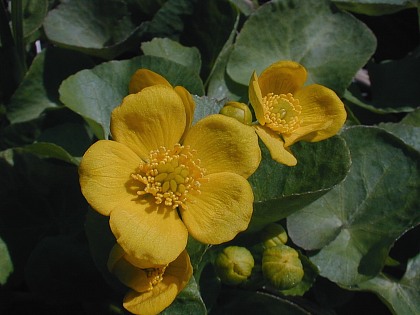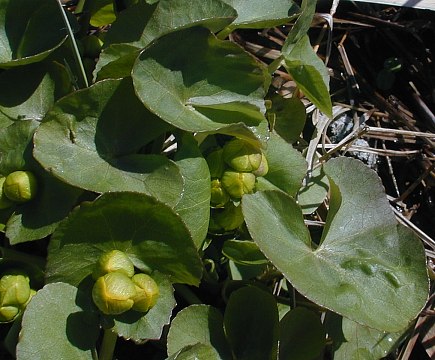
Larger Image
- 7 Dwarf Fruit Trees ( 2 Peach, 3 Apple, & 2 Pear) Planted in less than 2 hours
- After 41 years of marriage, we still are enjoying the farm together...
- "Jack Of All Trades" Eileen inspired background music choice...
- "Go Anywhere" post digger, http://hines.blogspot.com/2012/05/hines-farm-go-anywhere-post-hole-digger.html made the job much easier and faster in the very dry soil...
Regards and Respect to All,
Monte & Eileen
Credit Music:
http://brucespringsteen.net/albums/wrecking-ball
Bruce Springsteen
http://brucespringsteen.net/albums/wrecking-ball
Bruce Springsteen
Wrecking Ball (2012)
Jack Of All Trades
LYRICS "Jack Of All Trades"
I’ll mow your lawn
Clean the leaves out your drain
I’ll mend your roof to keep out the rain
I’ll take the work that God provides
I’m a Jack of all trades
Honey, we’ll be alright
I’ll hammer the nails
And I’ll set the stone
I’ll harvest your crops when they’re ripe and grown
I’ll pull that engine apart and patch her up
Until she’s running right
I’m a Jack of all trades
We’ll be alright
A hurricane blows
Brings a hard rain
When the blue sky breaks
Feels like the world’s gonna change
We’ll start caring for each other like Jesus said that we might
I’m a Jack of all trades
We’ll be alright
The banker man grows fatter
The working man grows thin
It’s all happened before and it’ll happen again
It’ll happen again
They’ll bet your life
I’m a Jack of all trades
We’ll be alright
Now sometimes tomorrow comes soaked in treasure and blood
Here we stood the drought
Now we’ll stand the flood
There’s a new world coming
I can see the light
I’m a Jack of all trades
We’ll be alright
So you use what you’ve got
And you learn to make do
You take the old, you make it new
If I had me a gun
I’d find the bastards and shoot ‘em on sight
I’m a Jack of all trades
We’ll be alright
I’m a Jack of all trades
We’ll be alright
Very few artists can write ballards of such human intensity that when you hear it and in this case see it delivered it cuts you to the bone and hits you like a sledgehammer... the violence of the ending is as harsh as this song is beautiful ...
Wow. I cant believe just how deep and powerful the Boss has been able to create music thru the decades. I am just as blow away here as I was when I heard 'growing up' or 'Jungleland' or 'The River' for the first time.
"Here we stood the drought, now we'll stand the flood
There's a new world coming, I can see the light
I'm a Jack of all trades, we'll be alright "
Right on Bruce, right on.
imaginativeloginname
Jack Of All Trades
LYRICS "Jack Of All Trades"
I’ll mow your lawn
Clean the leaves out your drain
I’ll mend your roof to keep out the rain
I’ll take the work that God provides
I’m a Jack of all trades
Honey, we’ll be alright
I’ll hammer the nails
And I’ll set the stone
I’ll harvest your crops when they’re ripe and grown
I’ll pull that engine apart and patch her up
Until she’s running right
I’m a Jack of all trades
We’ll be alright
A hurricane blows
Brings a hard rain
When the blue sky breaks
Feels like the world’s gonna change
We’ll start caring for each other like Jesus said that we might
I’m a Jack of all trades
We’ll be alright
The banker man grows fatter
The working man grows thin
It’s all happened before and it’ll happen again
It’ll happen again
They’ll bet your life
I’m a Jack of all trades
We’ll be alright
Now sometimes tomorrow comes soaked in treasure and blood
Here we stood the drought
Now we’ll stand the flood
There’s a new world coming
I can see the light
I’m a Jack of all trades
We’ll be alright
So you use what you’ve got
And you learn to make do
You take the old, you make it new
If I had me a gun
I’d find the bastards and shoot ‘em on sight
I’m a Jack of all trades
We’ll be alright
I’m a Jack of all trades
We’ll be alright
Very few artists can write ballards of such human intensity that when you hear it and in this case see it delivered it cuts you to the bone and hits you like a sledgehammer... the violence of the ending is as harsh as this song is beautiful ...
Wow. I cant believe just how deep and powerful the Boss has been able to create music thru the decades. I am just as blow away here as I was when I heard 'growing up' or 'Jungleland' or 'The River' for the first time.
"Here we stood the drought, now we'll stand the flood
There's a new world coming, I can see the light
I'm a Jack of all trades, we'll be alright "
Right on Bruce, right on.
imaginativeloginname













